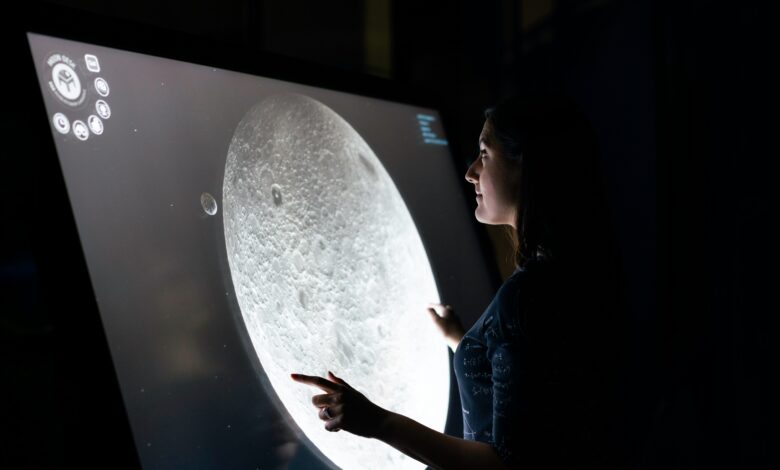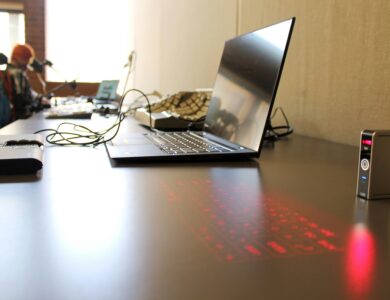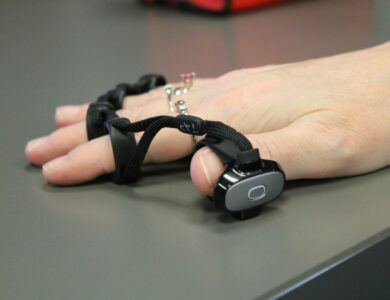
Virtual Reality (VR) has long been associated with gaming and entertainment, but its potential reaches far beyond these realms. In recent years, Virtual Reality has emerged as a powerful tool in healthcare, offering innovative solutions for patient care, medical training, and therapeutic treatments. This technology is not just enhancing existing practices but is also opening up new avenues for improving patient outcomes. In this article, we will explore the transformative impact of Virtual Reality in healthcare, focusing on medical training, patient treatment, pain management, and mental health therapy.
1. Enhancing Medical Training and Education
One of the most significant impacts of Virtual Reality in healthcare is its application in medical training and education. Traditional medical education relies heavily on textbooks, lectures, and hands-on experience in clinical settings. While these methods are effective, they have limitations, particularly in providing risk-free, immersive learning experiences.
Virtual Reality allows medical students and professionals to practice procedures in a simulated environment, offering a hands-on experience without the risk of harming patients. For instance, surgical trainees can perform virtual surgeries, gaining familiarity with human anatomy and surgical techniques in a controlled, repeatable setting. This experiential learning can significantly improve their skills and confidence before they operate on real patients.
Moreover, Virtual Reality can simulate rare or complex cases that medical professionals might not encounter frequently. This ensures that healthcare providers are well-prepared to handle a wide range of scenarios. VR also enables remote learning, allowing students and professionals from around the world to access high-quality training programs without the need for physical presence.
2. Revolutionizing Patient Treatment
The use of Virtual Reality in patient treatment is another area where this technology is making waves. One of the most notable applications is in physical rehabilitation. Traditional rehabilitation exercises can be monotonous and challenging for patients to adhere to over long periods. Virtual Reality transforms these exercises into engaging and interactive experiences, increasing patient motivation and adherence.
For example, stroke patients can use VR to practice movements and regain motor skills in a virtual environment that responds to their actions. The immersive nature of Virtual Reality helps in creating a stimulating and enjoyable rehabilitation process, which can lead to better outcomes.
Additionally, VR is being used for exposure therapy in treating phobias and anxiety disorders. Patients are gradually exposed to their fears in a controlled virtual environment, allowing them to confront and manage their anxieties with the guidance of a therapist. This method has shown promising results in reducing symptoms and improving patients’ quality of life.
3. Pain Management and Distraction Therapy
Virtual Reality is also proving to be a valuable tool in pain management and distraction therapy. Managing pain, particularly chronic pain, can be challenging and often relies on medications that may have undesirable side effects. Virtual Reality offers an alternative by immersing patients in calming and distracting virtual environments that can reduce their perception of pain.
For instance, burn patients undergoing painful wound care procedures have reported significant pain relief when immersed in a VR environment, such as a snowy landscape or a relaxing beach scene. The immersive nature of VR helps shift their focus away from the pain, reducing anxiety and discomfort during the procedure.
Similarly, VR is being used in pediatric care to distract children during painful or anxiety-inducing procedures like injections or blood draws. By engaging children in interactive virtual games or adventures, healthcare providers can minimize their distress and improve their overall experience.
4. Mental Health Therapy
The impact of Virtual Reality on mental health therapy is profound, offering new and effective ways to treat various psychological conditions. One of the most promising applications is in the treatment of post-traumatic stress disorder (PTSD). Traditional therapy for PTSD often involves recalling traumatic events, which can be distressing for patients. Virtual Reality provides a safer and more controlled way to relive and process these memories.
VR therapy for PTSD involves exposing patients to virtual scenarios that replicate aspects of their traumatic experiences. This controlled exposure, combined with therapeutic techniques, helps patients confront and manage their trauma more effectively. The immersive nature of VR makes it easier for patients to engage with the therapy and achieve better outcomes.
In addition to PTSD, Virtual Reality is being used to treat conditions such as depression, anxiety, and social phobias. Virtual environments can be tailored to simulate social interactions, public speaking scenarios, or other anxiety-inducing situations, allowing patients to practice coping strategies in a safe and controlled setting. This experiential approach can accelerate progress and improve overall mental health.
Conclusion
Virtual Reality is revolutionizing healthcare by offering innovative solutions that enhance medical training, improve patient treatment, manage pain, and provide effective mental health therapy. Its ability to create immersive, interactive, and controlled environments makes it a powerful tool in modern medicine. As technology continues to advance, the applications of Virtual Reality in healthcare are likely to expand, leading to even more significant improvements in patient care and treatment outcomes. Embracing Virtual Reality in healthcare not only enhances existing practices but also opens up new possibilities for a healthier future.




